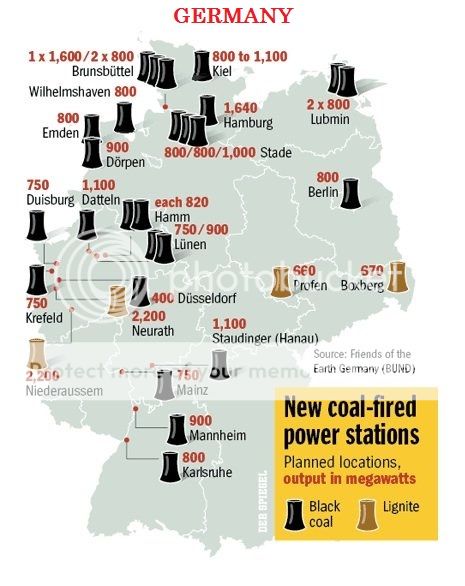Old Rocks
Diamond Member
Thank you for your background, Mark. I am an industrial millwright, 50 years experiance, presently working full time in a steel mill. I am also taking classes in a University, working toward a degree in geology. about 115 credits along in that effort.





